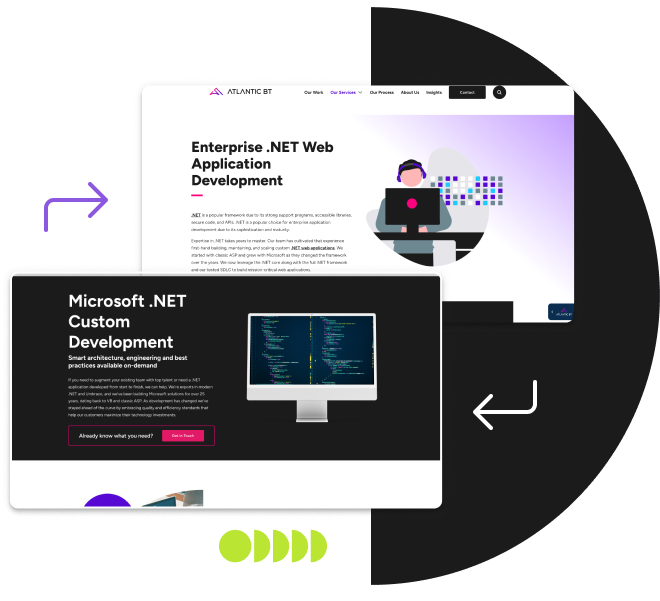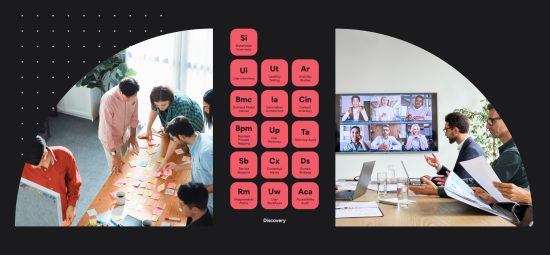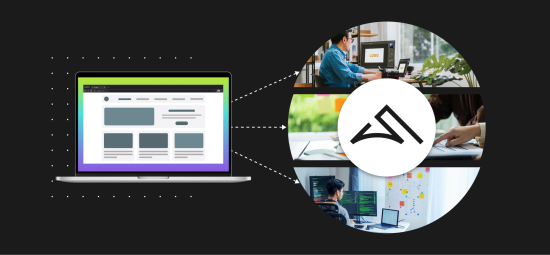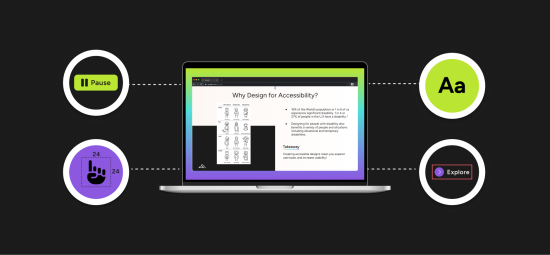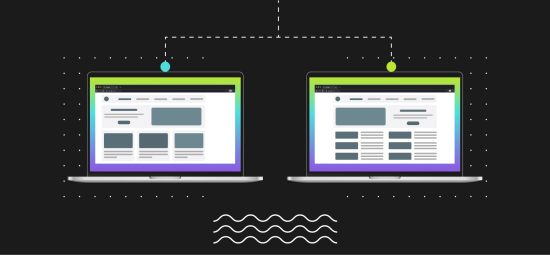User Experience Design services
User experience is 50% art, 50% science, and 110% necessary for digital success
User experience is often overlooked in the development process or, worse, introduced too late in the process. When we build things at ABT, our user-experience team is engaged in nearly every part of the process.
25 years of experience has taught us that no matter how well engineered a solution is, if the user can’t glide smoothly through the interface [to accomplish their goals], the value of whatever we are building is greatly diminished. Investments in user experience design services are almost always returned in long-term value.
Let’s talk UX.
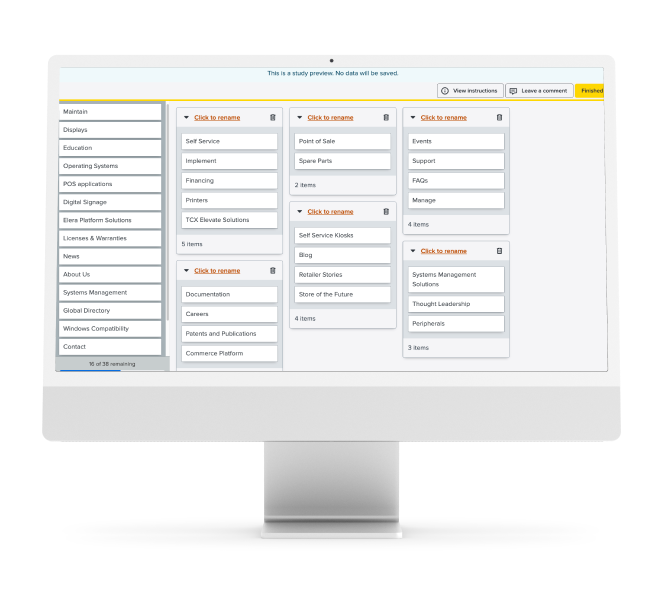
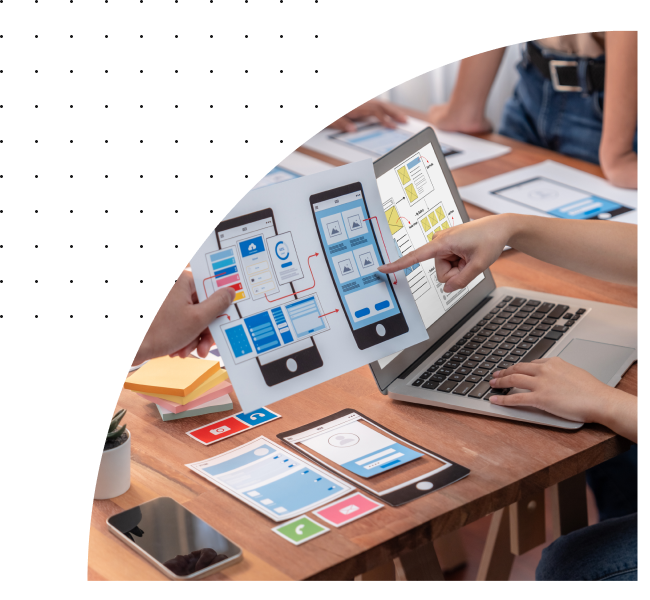
User experience is good for business
User Experience Design is good for business. Having UX Design methodologies engrained in the website or application design process from the beginning ensures that users will love your service. This also saves money by avoiding lengthy revisions down the road. When users can quickly and easily find what they need, they’re more likely to stick with your product and become loyal customers, boosting your sales and business growth.
Atlantic BT is a full service web development company out of Raleigh, NC. We specialize in User Experience Design services that enhance user satisfaction and drive business results.

ANDY CHAN Track Record HealthABT was a fantastic partner to work with. They were curious, meticulous, and agile throughout our entire product discovery process. I wouldn’t hesitate to recommend the ABT team to anyone looking for support on UX research, design, and application architecture.
Our custom websites in action

Digital Manufacturing Web Design

Custom web application startup in the drug discount card market

B2C WordPress Web Design Improvement
Want to see examples of all our work?
Our Team of Experts
Our team is your powerhouse of expertise, ready to support and elevate your website, whether through a complete overhaul or targeted enhancements. Beyond our professional excellence, we value a harmonious balance between work and creativity. Visit our About Us page to meet the team. You’ll get a glimpse of our vibrant team culture through AI-generated profile pictures that showcase our ABTers in various imaginative avatars. It’s a fun peek into how we blend generative AI technology with our passion for innovative web design.

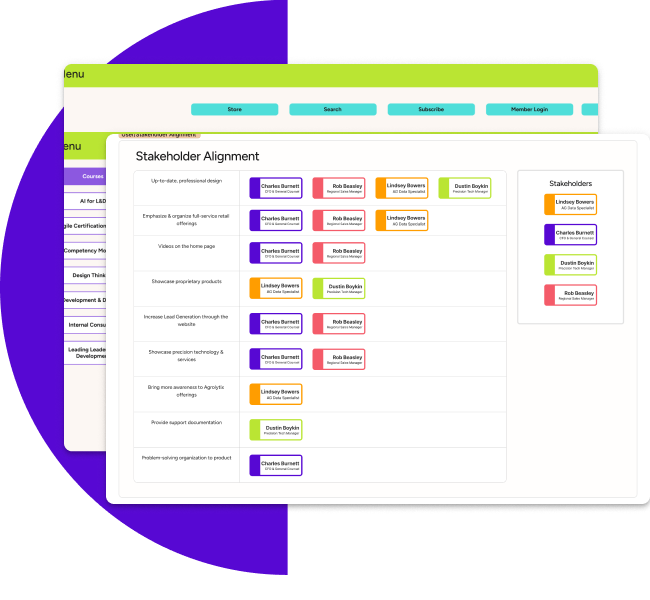
What is User Experience?
User Experience Design is a process that prioritizes the needs, emotions, and behaviors of the end-users of your website or application to create meaningful and seamless experiences. At Atlantic BT, we understand that UX is not just the visual design; it’s about the entire process of researching, strategizing, designing and building a website or application. At its core, UX design is about understanding the user’s needs and creating products that solve practical problems in an engaging and enjoyable way.
Key components of UX Design

User Research
Usability
Information Architecture
The discipline of organizing content, structures, categories and labels in a shared environment in order to make things findable and easy to understand and navigate.
Accessibility
Inclusive design practices that ensure that a website or application can be used by people with permanent, situational and temporary disabilities.
UI Design
User interface design is the visual representation of the website or application. The goal of UI design is to make the visual elements a pleasant, usable experience.
Why User Experience Design Matters
Poor UX is everywhere, from form fields that erase progress upon error submission to confusing navigation on DMV websites. Over time, these frustrations can lead to users abandoning a website or application altogether. Well implemented UX design enhances the usability and pleasure provided in the interaction between the user and the product, which impacts the success and adoption of the product. Here’s why UX matters:

Customer Loyalty & Positive Brand Reputation
When users find a product enjoyable and easy to use, they are more likely to return and recommend it to others. Consistent positive interactions reinforce user trust and satisfaction, which in turn fosters a strong, loyal relationship between the user and the brand.
Increased Return on Investment (ROI)
A well-crafted UX design not only attracts more users but also encourages them to stay longer and engage more deeply with your site. This in turn enhances key performance indicators, including conversion rates, time on site, and customer retention.
Conversion & Sales
A user-friendly design simplifies the path to conversion, making it easier for users to navigate, find information, and make decisions quickly. By removing barriers and frustrations, good UX design enhances the likelihood of converting visitors into customers and more users complete their purchase processes.
Reduce Development Costs
While the initial cost of UX Research can seem high, incorporating UX design early in the development process can significantly reduce costs. By identifying potential issues and user needs upfront, companies can avoid the costly process of redesigning and fixing after a product is built. Early user testing and feedback loops help in refining product requirements before significant resources are invested, minimizing the need for expensive corrections and redevelopment later on. This proactive approach not only speeds up the time to market but also ensures a more successful product launch.
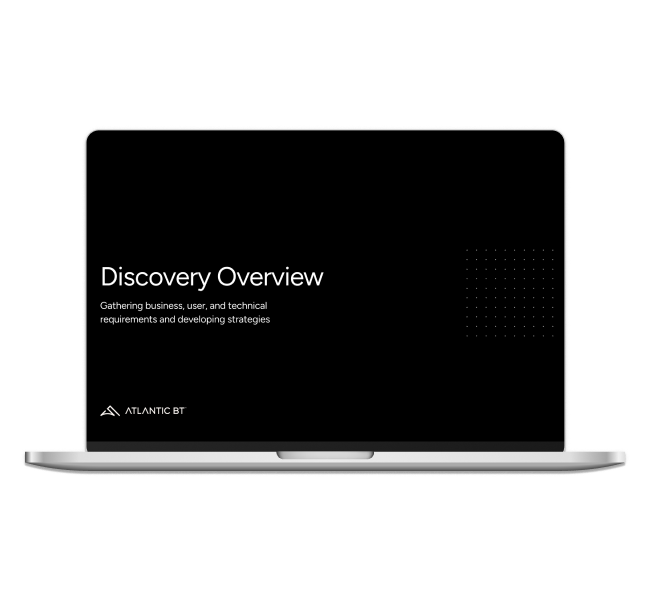
User Experience Principles
User Experience Design is fundamentally about understanding and prioritizing the people who interact with digital products. At Atlantic BT, we have found that the following principles by Norman Nielsen Group, a leader in the user experience field, are particularly useful when understanding the core of user experience. We utilize core UX principles throughout out User Experience Design Services.

UX is People
What matters most when designing an application or website is that you design for how people think. You could have a revolutionary idea for a product, but the success hinges on whether people can adopt and use the product. When designing for a website or application, UX designers will employ psychological principles to ensure that users can effectively interact with the interface. Some psychological principles that UX designers employ include: cognitive biases, design principles such as Gestalt Principle, understanding of working memory and cognitive load and Interaction costs and Fitt’s Law.
You Are NOT the User
Norman Nielsen’s slogan “You ≠ the user” highlights the gap that often exists between designers’ perceptions and users’ actual experiences. We all think we know what the user wants, because we think the user would do the same thing in any given situation as us. However, this is a cognitive bias known as The False-Consensus Effect which refers to people’s tendency to assume that others share their beliefs and will behave similarly in a given context. Only people who are very different from them would make different choices. The best way to overcome this bias is to gather data with real users.
Show Me the Data
Oftentimes, design teams want to rush into solutions before understanding the problems that users face. Or they may push to fix things that may not even be problems. The “Show Me the Data” Norman Nielsen slogan in User Experience design emphasizes the importance of basing design decisions on empirical evidence rather than assumptions or personal preferences. By prioritizing data over intuition, UX designers can create more effective, user-centered products that better meet the needs of their target audience. Researchers will use a variety of techniques and tools including Google Analytics, usability testing, A/B testing, surveys, and other user research methods to gather empirical insights.
Iterative Design
It is tempting to not touch a website or application for a few years after doing a major redesign. Inevitably, improvements become outdated. Technologies, target user groups, design trends and business strategies all change over time and the website needs to adapt to those changes. Iterative design is a methodology based on the idea that the digital experience of the website or application is a living, breathing project that goes through cycles of continuous improvement.
